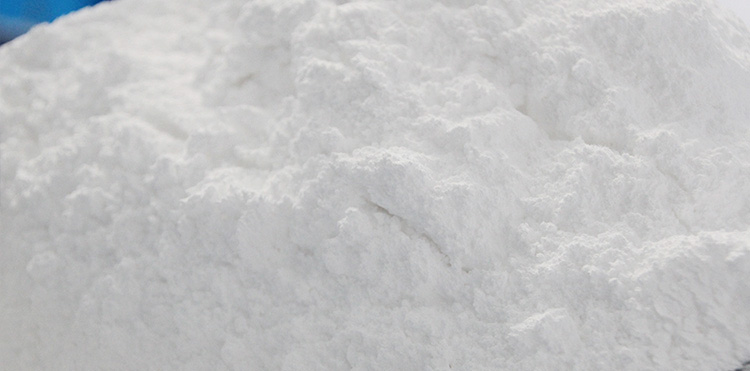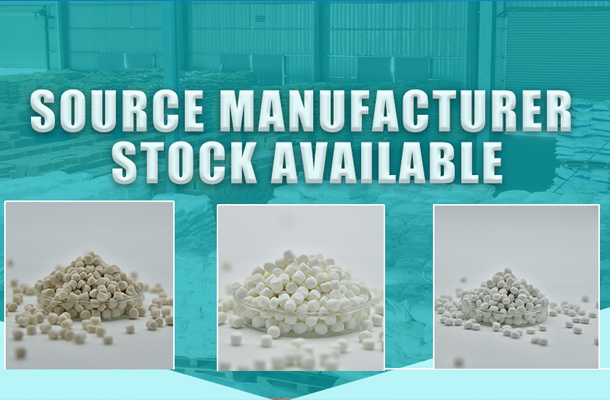Water-process zinc stearate and dry-process zinc stearate primarily differ in their manufacturing processes, product characteristics, environmental impact, and cost-effectiveness:
Manufacturing Process:
- Water process (reciprocal decomposition) involves chemical reactions in a solution followed by filtration, washing, and drying steps. This method yields a fluffier product with higher moisture content and lower bulk density. As it utilizes substantial amounts of water, subsequent waste handling generates wastewater containing salts and metal elements, which can significantly burden the environment.
- Dry process (fusion method) is more direct, melting the reactants before directly adding metal oxides (like zinc oxide), resulting in a solid-state product that only requires light drying and grinding. Dry process zinc stearate has a higher bulk density, less moisture, and is more convenient for packaging and storage.
Product Characteristics:
- Dry process products, due to their higher density, are better suited for applications requiring high filling volumes and generally exhibit superior physical stability.
- Water process products may be less suitable for certain applications due to their fluffiness and higher moisture content, but they still find use in specific industries or where unique product forms are required.
Environmental Impact:
- The dry process is more environmentally friendly as it does not generate large volumes of wastewater, aligning well with stringent environmental standards.
- The water process faces increased environmental regulation and higher environmental costs due to wastewater management issues.
Cost and Efficiency:
- The dry process is more efficient and typically cheaper, with a consistently high-quality product, making it the prevalent choice in the market.
- The water process, due to its lower efficiency, higher costs, and greater environmental impact, has seen reduced application, though it remains relevant in select sectors.
In summary, while water-process zinc stearate still finds applications in particular niches, the shift towards the dry process, driven by stricter environmental regulations and its numerous advantages, has made dry-process zinc stearate the more widely accepted production method.








